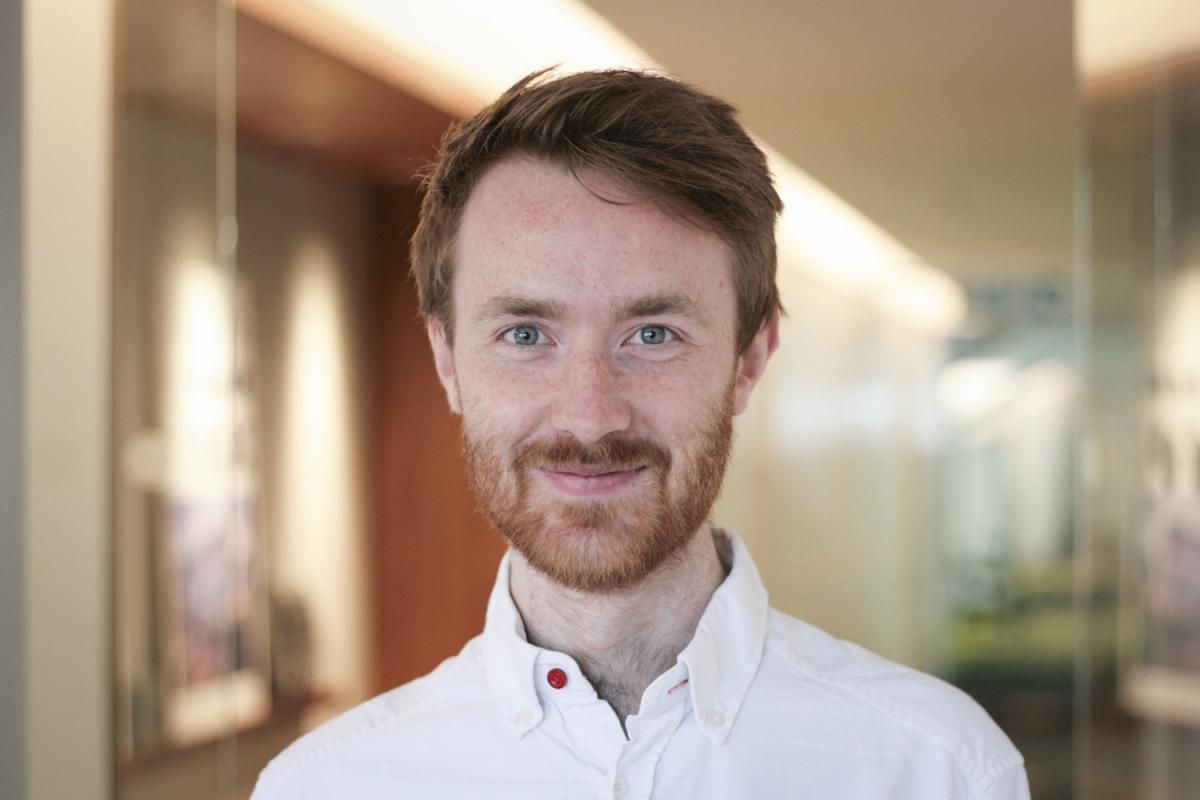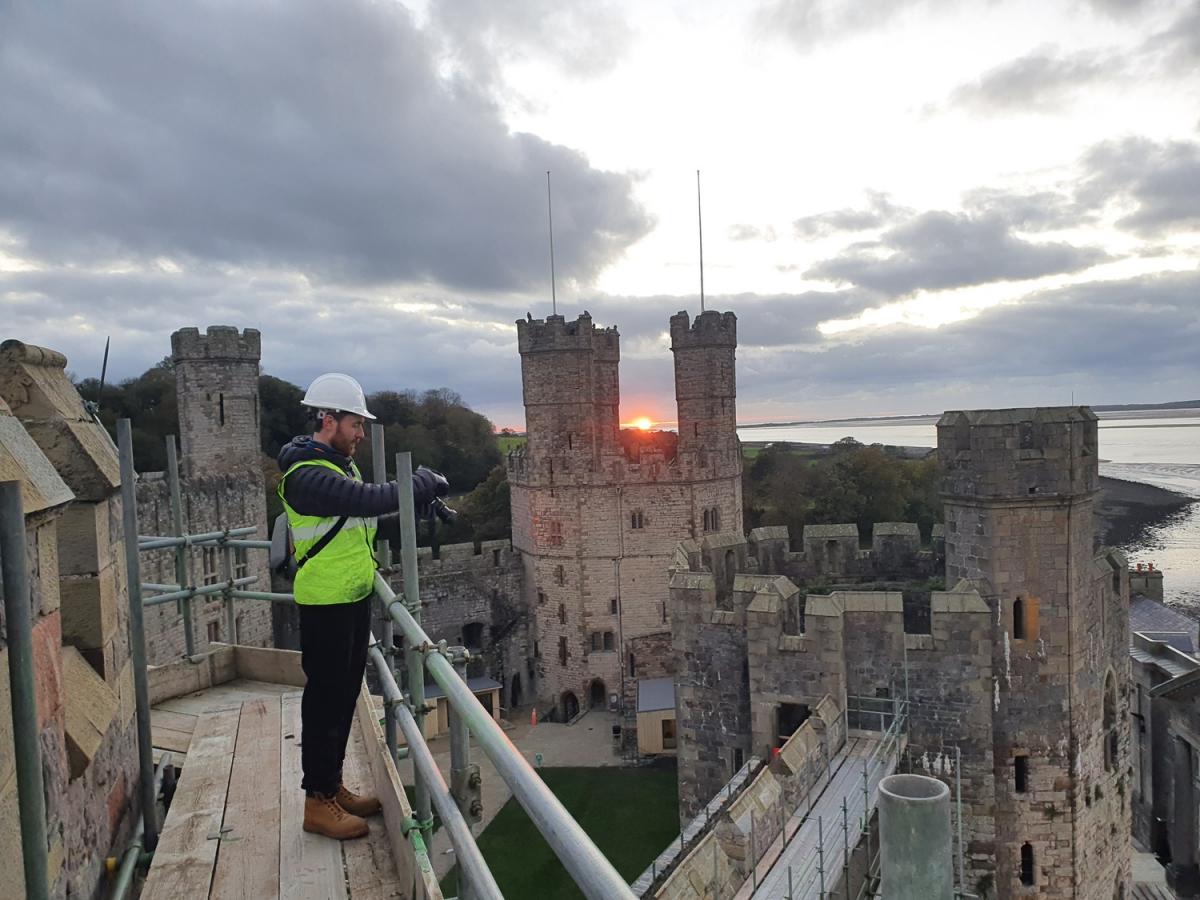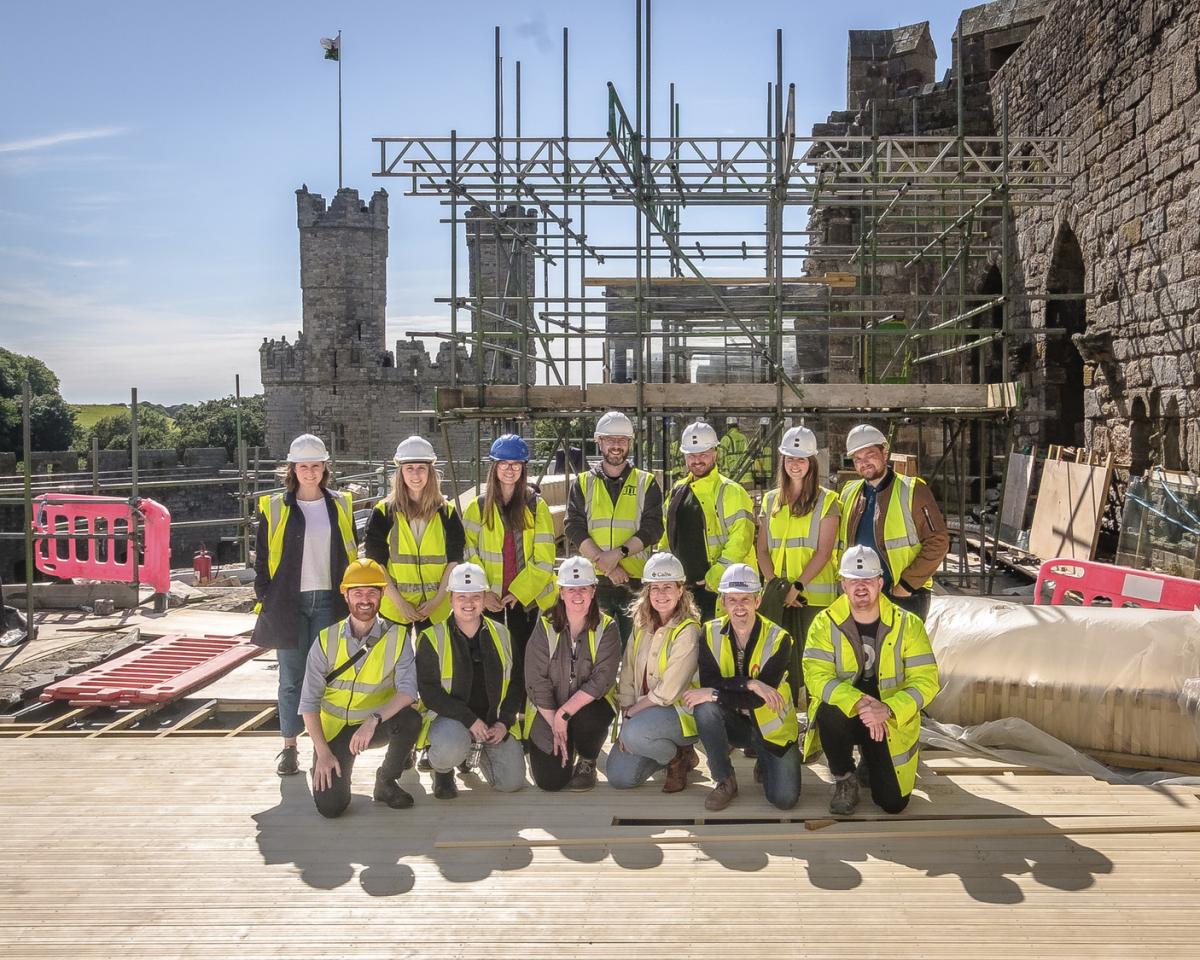Sebastian first joined the practice as a Part 1 and has since returned to become a permanent fixture in our arts, culture and heritage team in our Leeds studio. Here, he discusses gaining experience working on World Heritage Sites and finding a sustainable future for the historic built environment.

What led you to pursue a career in conservation architecture?
Every heritage project encompasses a unique set of challenges. Sometimes it's a financial challenge and understanding how to take a historic, neglected building and make it commercially viable. In other instances, it's finding a solution to a conservation challenge, where we're required to ask questions like, 'how we can retain and enhance what remains?' or 'what can be maintained to educate others in the future?'.
It's this problem-solving element of conservation architecture that I'm drawn to. You never know what you'll find when working on a historic building.
Which projects have you been involved in during your time at Buttress?
I've been lucky to have experienced a wide range of projects during my time at the practice.
Over the past few months alone, I've surveyed Rievaulx Abbey, one of the first Cistercian abbeys to be founded in England, I've walked the length of World Heritage Site, Pontcysyllte Aqueduct as part of a site wide condition appraisal, and I've spent time on site at Caernarfon Castle overseeing the major redevelopment work to the King's Gate. Seeing this project develop has been a particular joy, as the enabling phase of design work I assisted in developing is now being well used by staff and public everyday

If you could describe your dream project, what would it be?
I've lived in Sheffield city centre for the past few years, and now live locally to and work in our Leeds studio. Across both cities, there is a wealth of historic buildings with untapped potential. A dream project for me would be redeveloping one of these buildings to create a successful new environment for people to inhabit, which then acts as a catalyst for wider regeneration.
How do you think the way in which we work with heritage buildings will change in the future?
We are facing a climate emergency and the construction industry across all sectors has a vital role to play in responding to, and finding ways to overcome, this challenge.
Historic buildings were constructed using the technology of the time to the standards of the time, and I think that there's often a perceived idea that to preserve and protect them, we need to retain them in their original form. However, in my opinion, there's a huge opportunity to improve the performance of these structures using the latest in sustainable principles and bring them in line with modern standards, without comprising their aesthetic or historic value.
In addition, finding ways of improving existing buildings not only reduces construction waste but it also helps us to reduce a building's occupational energy requirements towards zero. By adopting this approach, we can be truly sustainable and enable the heritage sector to make a significant contribution to the creation of a greener future.

What do you enjoy most about working at Buttress?
Throughout my time at Buttress, I've always felt as though my opinions are of value and I've been given so many opportunities to have a say and to get stuck into a project.
The practice also has a strong commitment to prioritising individuals' wellbeing and a recognition that a little bit of investment on its part can yield great results when it comes to boosting staff morale and productivity. This results in an environment where people are inspired and enjoy coming to work everyday.
Sebastian Chambers
A talented designer with strong graphics and visualisation skills, Sebastian is currently supporting a wide variety of projects in our arts, culture and heritage teams.
